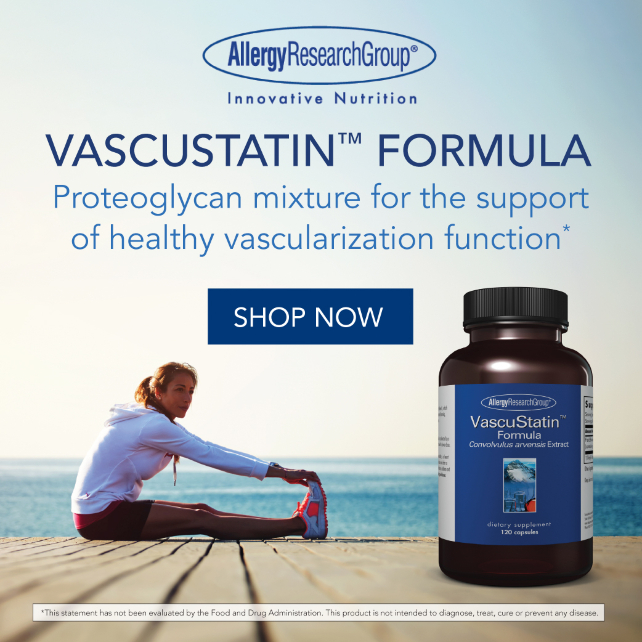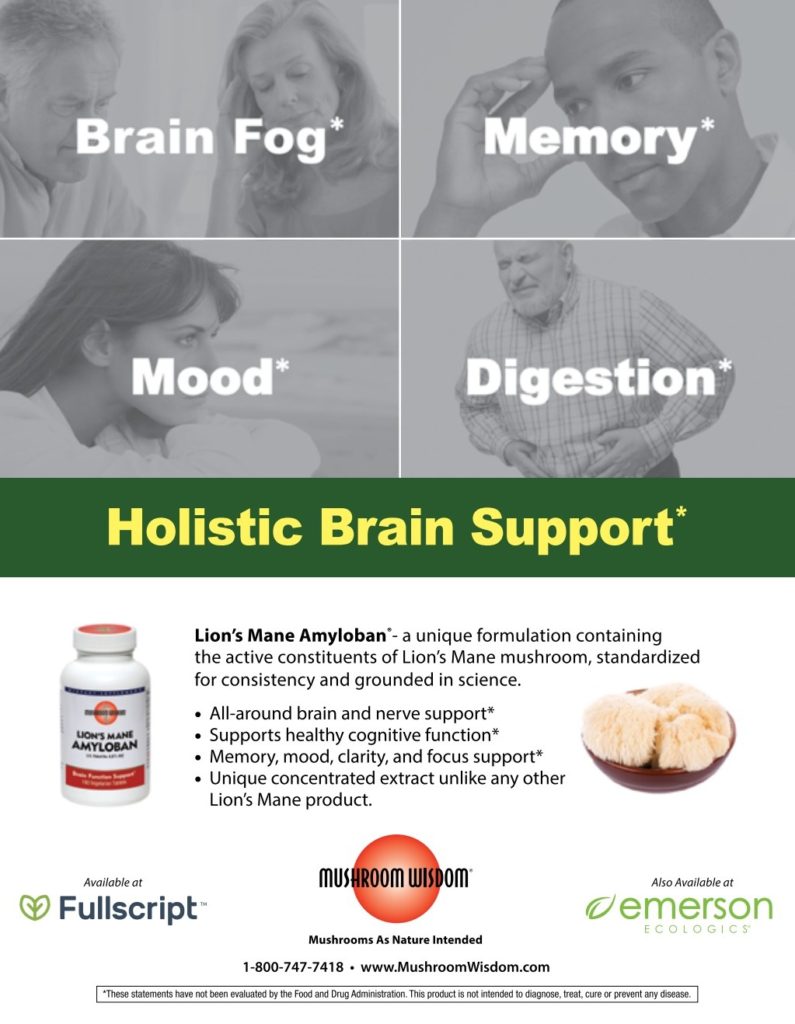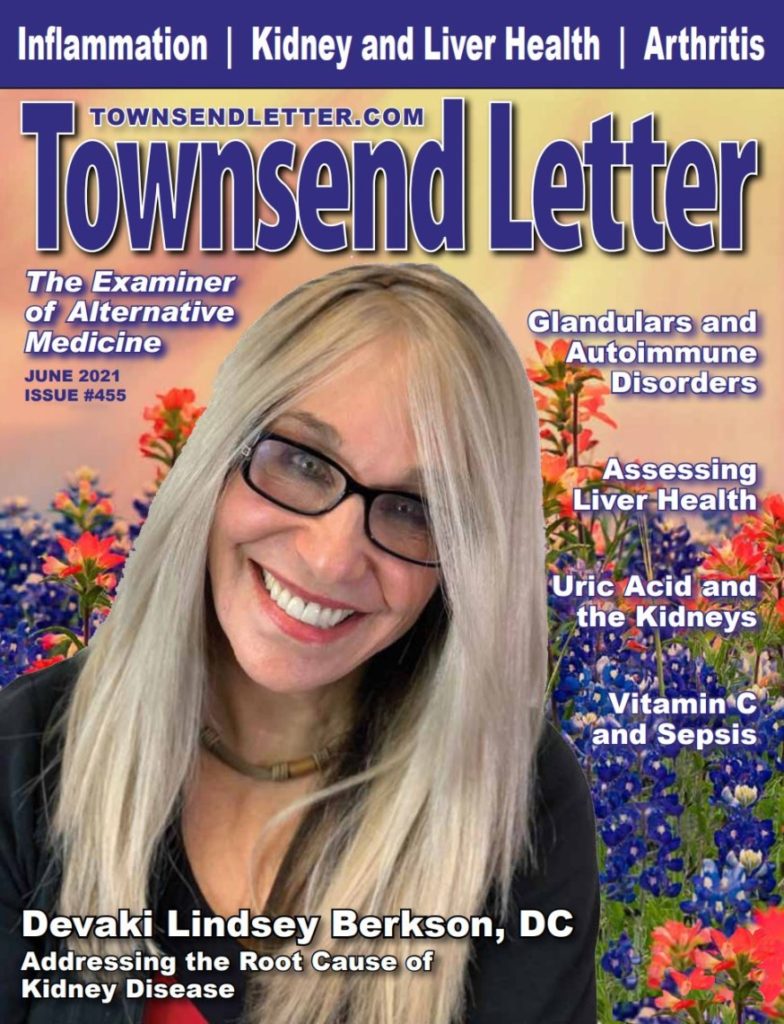by Michael Passwater
Orthomolecular Medicine News Service
A recent clinical research article concludes, “Among critically ill patients with sepsis, treatment with vitamin C, thiamine, and hydrocortisone, compared with placebo, did not significantly increase ventilator- and vasopressor-free days within 30 days. However, the trial was terminated early for administrative reasons and may have been underpowered to detect a clinically important difference.”1 For some medical professionals, that study is proof that “HAT Therapy” (Hydrocortisone, Ascorbic acid, Thiamine), and vitamin C is not helpful in the treatment of sepsis. But such a conclusion is a dangerous over-generalization of the study’s findings.
Rather than focus on the early termination of the study, a more concerning aspect is its design. The treatment for the subjects included in the analysis was not required to begin quickly. The study treatments were given many hours (median 14.7) after subjects’ sepsis symptoms worsened into cardiovascular or respiratory failure. The intravenous (IV) vitamin C dose was limited and fixed at 1.5 g every six hours (86 mg/kg/day; 6 g per day for a 70 kg subject), and the duration of treatment was limited to four days. The protocol did not require measurements of vitamin C, thiamine, or cortisol in study subjects before, during, or after treatment, and no measurements were reported in the article. Further, no measures of other co-nutrients were included. For instance, a low vitamin D level is an established biomarker of all-cause mortality in the ICU setting.2 Low zinc, magnesium, and selenoprotein levels, as well as anemia, have also been associated with poor outcomes in critical care, including viral sepsis.3-8 The article does not say whether the treatment and control groups were balanced at study entry with respect to vitamin C and other nutrient levels, nor whether adequate vitamin C was given to maintain plasma levels in the therapeutic range during the study. The “Limitations” section of the article acknowledges “…a higher dose or dosing based on plasma vitamin C concentrations might yield different results.”
In both the test and control arms of the study, the per protocol mortality before ICU discharge was 16.6% and 17.0% respectively (p=0.91), and at 180 days was 39.5% and 36.8% respectively (p=0.57). Neither standard treatment nor the delayed addition of low dose IVC for a short duration improved the poor survival of sepsis in this study. The overall conclusion that one can draw from this VICTAS trial is that vitamin C is safe, but that too little, too late, for too short of a duration is inadequate.
Fifty years ago, Dr. Frederick R. Klenner published a summary of his experience and prior publications.9 He encouraged a daily IV dose of 350 – 700 mg vitamin C per kg of patient body weight (25,000 – 50,000 mg for a 70 kg / 154 lb subject), increasing the dose and frequency as necessary until the patient recovered:
It is a demonstrated principle that the production of histamine and other end products from deaminized cell proteins released by injury to cells are a cause of shock. The clinical value of ascorbic acid in combating shock is explained when we realize that the deaminizing enzymes from the damaged cells are inhibited by vitamin C. It has been shown by Chambers and Pollock10 that mechanical damage to a cell results in pH changes which reverse the cell enzymes from constructive to destructive activity. The pH changes spread to other cells. This destructive activity releases histamine, a major shock producing substance. The presence of vitamin C inhibits this enzyme transition into the destructive phase. Clark and Rossiter11 reported that conditions of shock and stress cause depletion of the ascorbic acid content of the plasma. As with the virus bodies, ascorbic acid also joins with the protein factor of these toxins effecting quick destruction. The answer to these emergencies is simple. Large amounts of ascorbic acid 350 mg to 700 mg per kg body weight given intravenously. In small patients, where veins are at a premium, ascorbic acid can easily be given intramuscularly in amounts up to two grams at one site. Several areas can be used with each dose given. Ice held to the gluteal muscles until red, almost eliminates the pain. We always reapply the ice for a few minutes after the injection. Ascorbic acid is also given, by mouth, as follow up treatment. Every emergency room should be stocked with vitamin C ampoules of sufficient strength so that time will never be counted-as a factor in saving a life. The 4 gram, 20 cc ampoule and 10 gram 50 cc ampoule must be made available to the physician.
The CITRIS-ALI study used 50 mg vitamin C per kg patient weight per treatment (200 mg/kg/day; 14g per day for a 70 kg subject)—more than double the dose used in the VICTAS Trial—yet less than one third of the upper range promoted by Dr. Klenner. Moreover, the CITRIS-ALI study showed a clear survival benefit (mortality was a secondary endpoint in that trial).12 This dose of 200 mg/kg/day was also used by the earlier Phase I safety trial of IVC in sepsis.13
Why, years later, did the VICTAS Trial choose to use less than half that dose? What would happen if a trial was done using efficacious doses—those shown for over 70 years to help real people recover from critical illness? Doctors who utilize this protocol don’t go back to treating patients without it.
In the January 20, 2021 OMNS article “The Treatment of Infectious Disease Using Vitamin C and Other Nutrients,” Margot DesBois nicely covers the early history of IVC use in serious illness.14 In addition to Drs. Frederick Klenner, Claus Jungeblut, Robert Cathcart, and William McCormick, more recent clinical medicine pioneers, including Drs. Hugh Riordan, Ron Hunningshake, AA Fowler, Paul Marik, and Joseph Varon, can be added to the list.15-21
Of note, the most successful published protocol for COVID-19 hospital treatment in the USA includes 3 g IVC per dose along with a corticosteroid and thiamine every six hours, and the use of 25 g IVC doses if rescue therapy is needed. And the treatments are not stopped at 96 hours. The idea that giving vitamin C beyond 96 hours might be dangerous has no scientific or clinical basis. See the full COVID-19 treatment plan,22 and the Riordan Clinic IVC protocol.23
As a reminder for those conducting and reviewing nutrient research, here are “rules” published by vitamin researcher Robert P. Heaney.24
| Box 1– Rules for individual clinical studies of nutrient effects. | Box 2 – Rules for study inclusion in systematic reviews and meta-analyses. |
| 1. Basal nutrient status must be measured, used as an inclusion criterion for entry into study, and recorded in the report of the trial. 2. The intervention (i.e., change in nutrient exposure or intake) must be large enough to change nutrient status and must be quantified by suitable analyses. 3. The change in nutrient status produced in those enrolled in the trials must be measured and recorded in the report of the trial. 4. The hypothesis to be tested must be that a change in nutrient status (not just a change in diet) produces the sought-for effect. 5. Co-nutrient status must be optimized in order to ensure that the test nutrient is the only nutrition-related, limiting factor in the response. | 1. The individual studies selected for review or meta-analysis must have met the criteria listed in Box 1 for nutrient trials. 2. All included studies must have started from the same or similar basal nutrient status values. 3. All included studies must use the same or closely similar doses. 4. All included studies must have used the same chemical form of the nutrient and, if foods are used as the vehicle for the test nutrient, all studies must have employed the same food matrix. 5. All included studies must have the same co-nutrient status. 6. All included studies must have had approximately equal periods of exposure to the altered intake. |
The VICTAS Trial1 satisfied none of these five rules for conducting nutrient research.
Recent research has shown the importance of vitamin C in sepsis and other acute life-threatening illnesses. Vitamin C has a multitude of essential for life effects within the human body, and due to its short half-life, is often the rate limiting factor in these biochemical processes. It is the primary extracellular antioxidant and is important for scavenging damaging electron radicals. At very high levels it is involved in redox regulation, is a pro-oxidant, and can cause DNA and/or protein damage. This is useful in the treatment of cancer. It is an essential co-factor in the synthesis of catecholamines, vasopressin, steroids, neuropeptides and some neurotransmitters. It is also essential in the synthesis of collagen and elastin–which are important molecules throughout the body, including in arteries and joints. Vitamin C is also important for epigenomic regulation of genes and is necessary for many cell types of the adaptive immune system. These biochemical functions are essential for improved immune cell function, endothelial cell function, hemodynamics (circulatory function), and wound healing.
Stress, including cold temperatures, toxins, infections, and trauma greatly increase the cellular demand for vitamin C and disrupt the body’s ability to recycle oxidized vitamin C (dehydroascorbic acid or DHAA) back into the reduced form of vitamin C (ascorbic acid). Vitamin C has a short half life in the body (minutes to hours). In 2008, the prestigious journal Cell published the discovery that the red blood cells of humans (and other mammals unable to produce vitamin C) express a large number of GLUT1 transporters – more GLUT1 than on any other human cell type.25 These GLUT1 transporters are apparently misnamed, as they might more properly be called DHAA1 transporters. The human RBC GLUT1 transporter is co-expressed with the protein stomatin which switches it into a DHAA transporter rather than a glucose transporter.25 The result is 20-30 trillion red blood cells in healthy humans circulating through miles of blood vessels “soaking up” DHAA and—if adequate levels of the selenoprotein glutathione peroxidase are present in the red blood cells—reducing the DHAA back to AA and sending it back into the blood. A similar recycling system is present in the brain between astrocytes and tanycytes.26 This supports the concept that keeping the blood, vasculature, and brain bathed in adequate ascorbic acid is important.
Humans in acute distress from toxins, viruses, and bacteria have been successfully treated with high-dose vitamin C injections for over 70 years. Recent studies have shown a synergistic benefit to endothelial cells when vitamin C and cortisol are injected into blood vessels simultaneously. Decades of experience have underscored the importance of early intervention, and increasing the dose and duration as needed to neutralize the acidosis and/or toxins.27-53

This graph is courtesy of Dr. Paul E Marik, of an ICU patient’s C-reactive protein level (biomarker of inflammation) during 3 g IVC and a corticosteroid co-administration every six hours for 96 hours, stopping the treatment, and then resuming the treatment. Continued vitamin C treatment until full recovery, tapering from IV to oral administration as the patient recovers, is important. It takes ongoing administration of vitamin C to achieve and maintain the tissue saturation levels needed to treat sepsis and septic shock.
Is 70 years of successful treatments to thousands of patients insufficient evidence? If more studies are needed, who will put the 350-700 mg/kg/day IVC dose to the test without the dangerous and artificial 96-hour limitation?
Acknowledgements
I would like to acknowledge Benjamin Rakotoambinina, MD, PhD, professor of physiology at the University of Antananarivo, Madagascar in collaboration with Laurent Hiffler, MD, of the Cellular Nutrition Research Group for their critical review and feedback; and Drs. Robert G. Smith and Andrew Saul for their critical review and editorial support.
Michael E. Passwater, son of author and columnist Dr. Richard Passwater, is certified by the American Society for Clinical Pathology as a medical technologist, a specialist in immunohematology, and is a diplomate in laboratory management. He has worked in clinical laboratories for 28 years, and has previously written “Do the Math: ‘MATH+’ Saves Lives,” published by the Orthomolecular Medicine News Service http://orthomolecular.org/resources/omns/v16n55.shtml.










